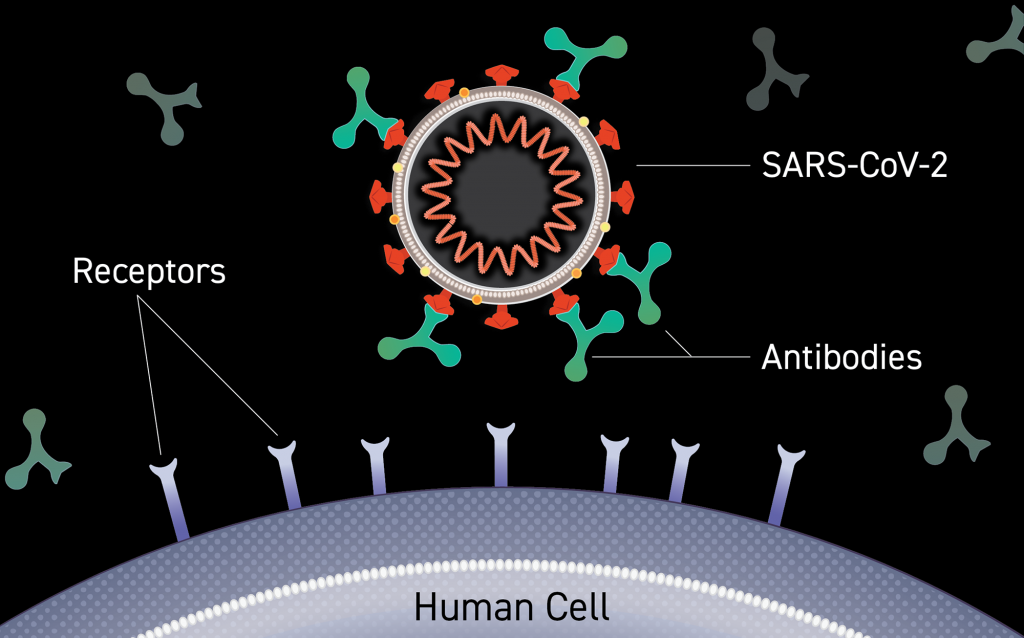Since last year, COVID-19 has affected millions of lives around the world by causing rapid spread of infection. Now for the first time, researchers have captured the spread of COVID-19 on video in live mice as the virus moves from the nose to the lungs within a speedy course of just 6 days.
The study which has been published in the journal Immunity was conducted by Priti Kumar, Pradeep Uchil and Walther Mothes from Yale University and Andres Finzii from Universite de Montreal. “For the first time, we were able to visualize the spread of the SARS-CoV-2 in a living animal in real time, and importantly, the sites at which antibodies need to exert effects to halt the progression of infection,” said Kumar. The researchers used bioluminescent tagging and advanced microscopy to track the spread of the SARS-CoV-2 virus all the way to a single cell. The virus took the same route as observed by doctors in many patients; from the nasal passages, down to the lungs and then affecting other organs. As the virus reached the brain, it killed the mice.
The study also showed how antibodies from recovered humans helped to treat the infected mice. They used plasma from humans who had recovered from the virus and injected it in the infected mice which stopped the spread of the virus. Similarly by injecting the plasma in healthy mice before exposing them to the virus prevented the infection altogether. “The live reporting of virus spread by imaging can be harnessed to rapidly discern whether treatments will work or not in as little as three to five days, a crucial time-saving feature to develop countermeasures for current and future pandemics,” said Uchil, a research scientist in Mothes’ lab in the Department of Microbial Pathogenesis at Yale.

The researchers concluded that not all antibodies worked in stopping the spread of infection and that it played two different roles that are equally important; to prevent viruses from entering the cell and also signaling the immune system to attack the infected cells in case of a virus. Hopefully this would give a better idea to the scientists on how to effectively stop the spread of COVID-19 in the future.


